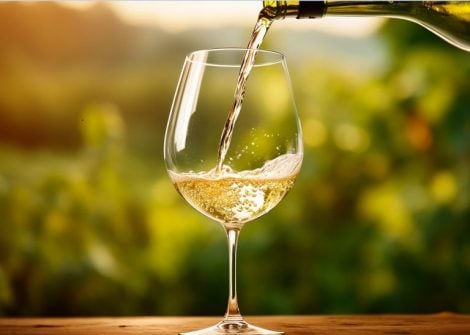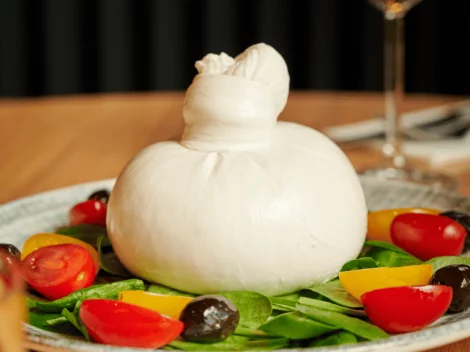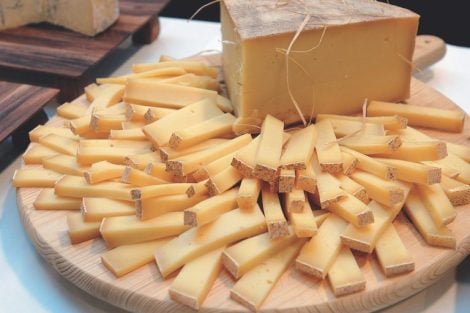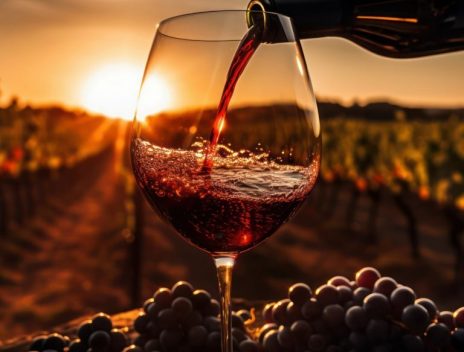Later this year, recovery is on the way. After a 4.1% drop in 2020 with margins and profits decreased in 2019, the business of Italy’s winemaking giants is expected to recover in 2021 for an overall 3.5%, driven by foreign sales (+4.6%) with greater growth potential in China, Canada and Japan.
The picture emerges from Vino e Spirits, the first joint report by Mediobanca, Sace and Ipsos, based on Italian companies with revenues of over 50 million euros. It also shows signs of optimism for the spirits sector, which lost 1.7% in 2020 (EBIT from 15.9% to 11.8% and net profit from 11.6% to 8%) but should grow by 5.7% (with an estimated +4% for exports). The survey was extended to the dimension of consumption in a post-pandemic scenario, where profound structural changes can be foreseen: from the search for organic products (one out of four Italian drinkers is an "organic enthusiasts") to calorie awareness in alcoholic beverages, from the growing weight of food&wine delivery (renamed "home-trade"), to attention to price and alternative formats to glass (+5.8%).
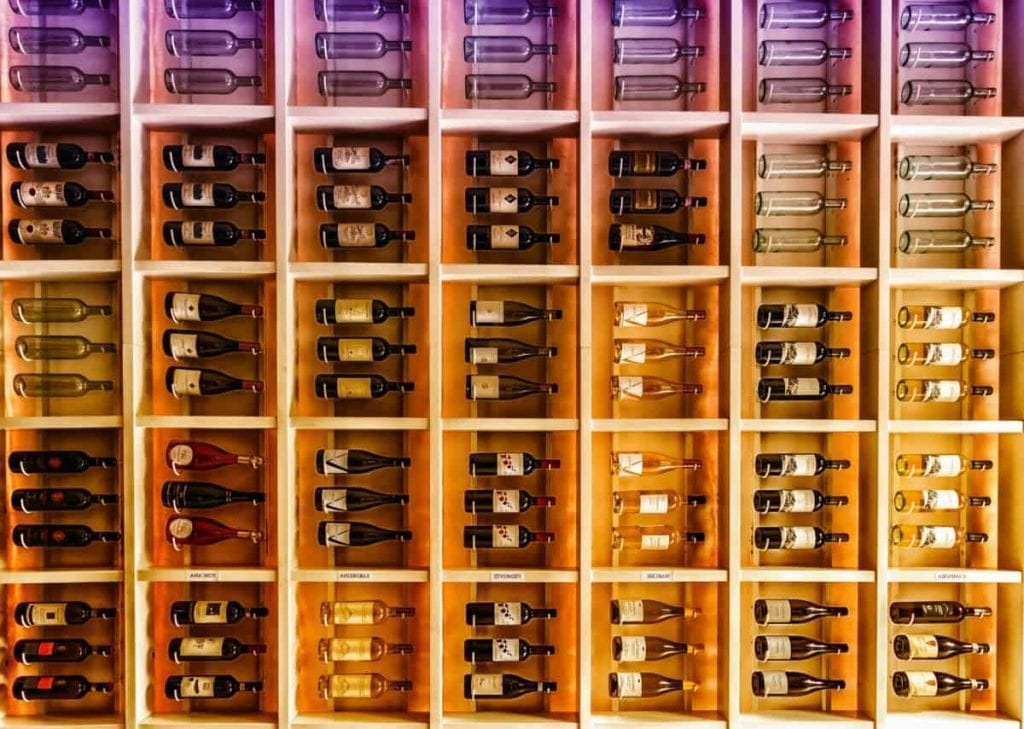
Top performers: Cantine Riunite-Giv confirmed as the leader, while Italian Wine Brands leaps
The pandemic has caused some shake-ups at the top of Mediobanca's eagerly awaited list by revenues, based on balance sheets and questionnaires to companies. Among the top brands, in terms of turnover, the Cantine Riunite-Giv group is confirmed as the leader with 581 million euros (-4.4% compared to 2019), followed by Caviro, the other Romagna-based cooperative with 362 million euros (+10%). Casa Vinicola Botter rose to the third spot (230 mm, +6.4%), which overtook Tuscany-based company Antinori (215 mm, -12.5%). Then there are Cavit from Trento (€210mm, +9.6% compared to 2019), Fratelli Martini from Piedmont (€208mm, +1.1%), Italian Wine Brands that moved up from 11th to 7th place (€204mm, +29.7%), and Enoitalia from Veneto with €201mm, +0.8% in revenues; Mezzacorona (€193.6mm, +3.7%), Casa Vinicola Zonin (€178.3mm after a -9.3% drop) and Santa Margherita (€172mm, -9.2% compared to 2019) ranked last.
Antinori in the lead for profitability
Listed on the Italy’s Aim Italia stock exchange, Italian Wine Brands dominates with +29.7% considering the rise in turnover in 2020. It is followed by Contri Spumanti (+13.8%), Caviro and Mondodelvino, both with an increase of +10%; then Cavit (+9.6%) and La Marca (+8.7%). Botter with a growth of +6.4% and Schenk Italia with +5.7% rank last in the list. In terms of profitability (i.e. the ratio of net profits to revenues) two Tuscan companies plus one from Veneto lead the 2020 ranking: Antinori (26%), Frescobaldi (24.5%) and Santa Margherita (24.2%). It should be noted that Italian Wine Brands’ acquisition of Enoitalia, announced in mid-June, will give rise to a bigwig worth around 405 million euros: the second largest in terms of turnover and the first private (non-cooperative) Italian group. Novelties in 2021 include the entry of the private-equity fund Clessidra into the capital of Casa vinicola Botter and Mondodelvino for an aggregate turnover of 353 million euros, making it the fourth largest Italian producer in 2020, behind the Caviro Group.
The regions did not have the same results. Some areas, historically suited to export, have been affected by the decreasing exports, while others to a lesser extent. On the domestic front, instead, have been recorded consumption and habit changes: from purchasing patterns divided among large-scale distribution (still the main sales channel), wine and online shops (the real protagonists of the wine trade in the last year and a half that can no longer be overlooked), to price bands (with a weakened mid-range), types (with a big gap between sparkling and still wines), opening up new possibilities for containers other than glass.
by Gianluca Atzeni
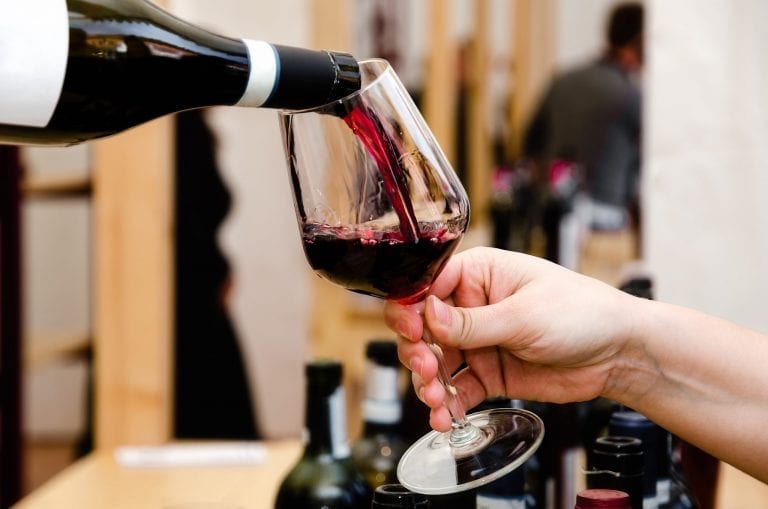
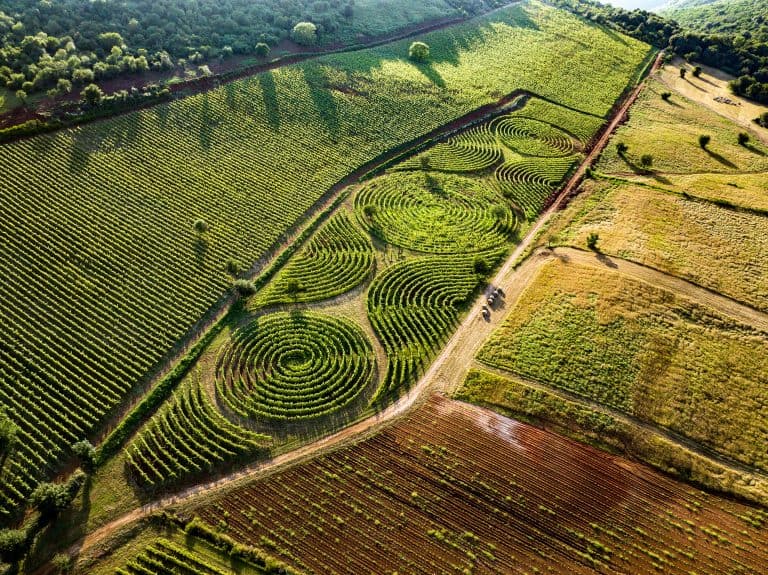 From the vineyard to the world's largest maze comes the wine of ancient Romans
From the vineyard to the world's largest maze comes the wine of ancient Romans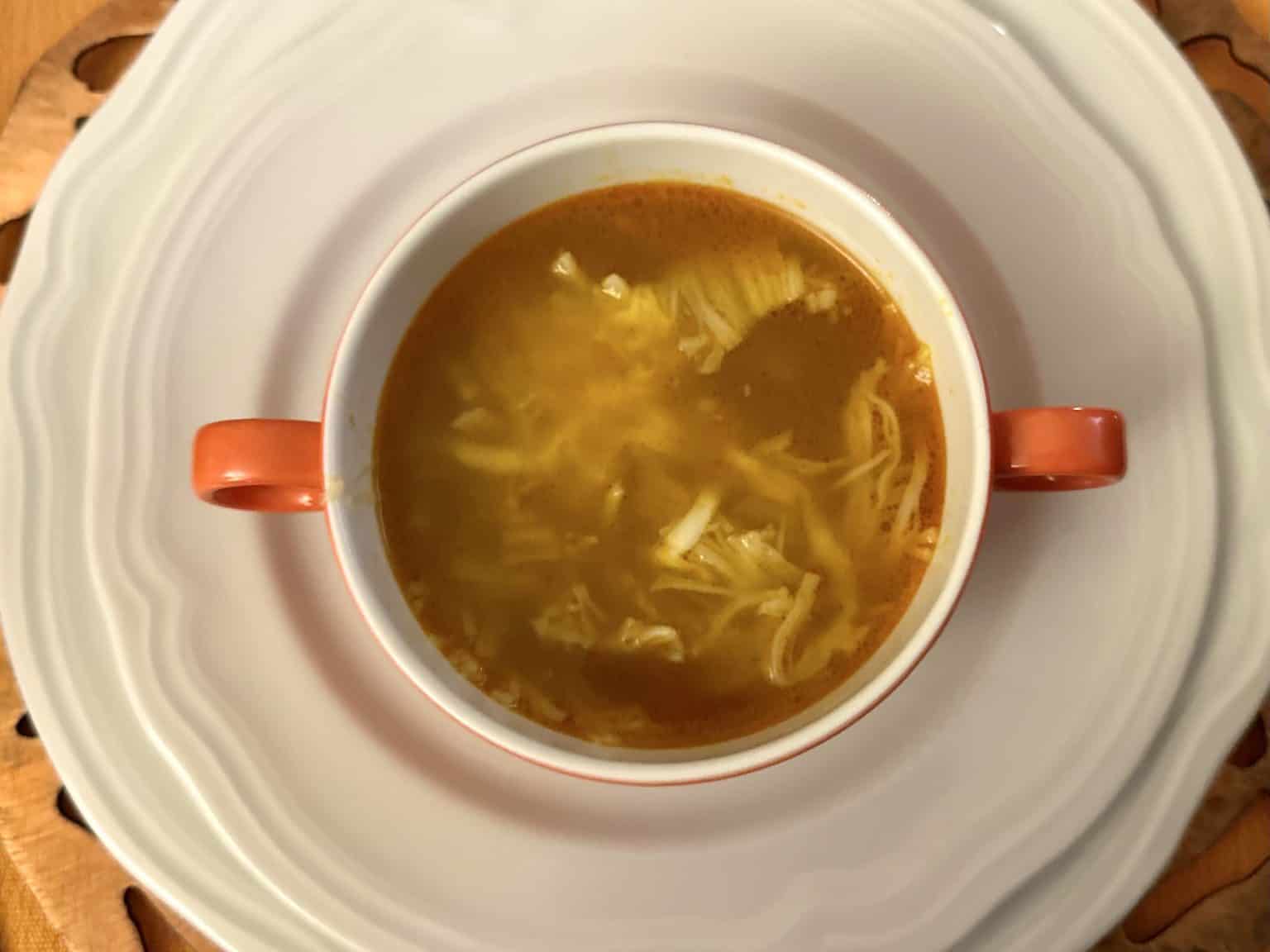 "This minestrone makes you live for 100 years": here are the secrets of the Sardinian centenarians
"This minestrone makes you live for 100 years": here are the secrets of the Sardinian centenarians The 10 best gelaterias in Genoa selected by Gambero Rosso
The 10 best gelaterias in Genoa selected by Gambero Rosso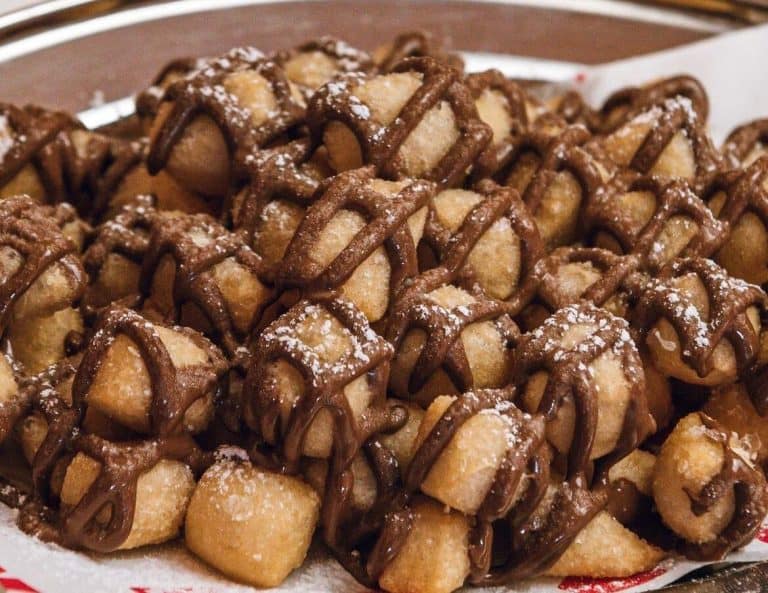 Nutella Zoccolette, the typical Roman "dessert" of pizzerias
Nutella Zoccolette, the typical Roman "dessert" of pizzerias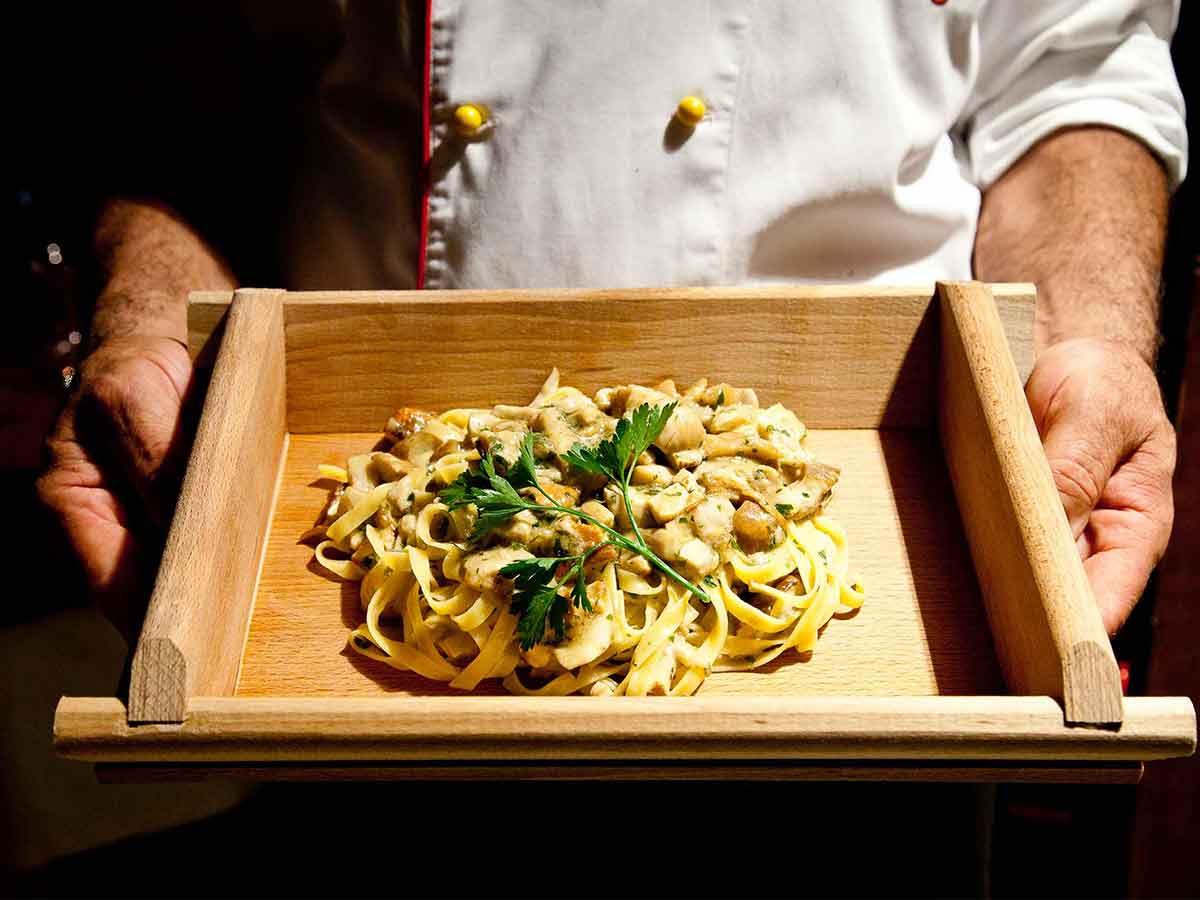 Where to eat in agriturismo in Palermo and surroundings. The 5 best addresses selected by Gambero Rosso
Where to eat in agriturismo in Palermo and surroundings. The 5 best addresses selected by Gambero Rosso